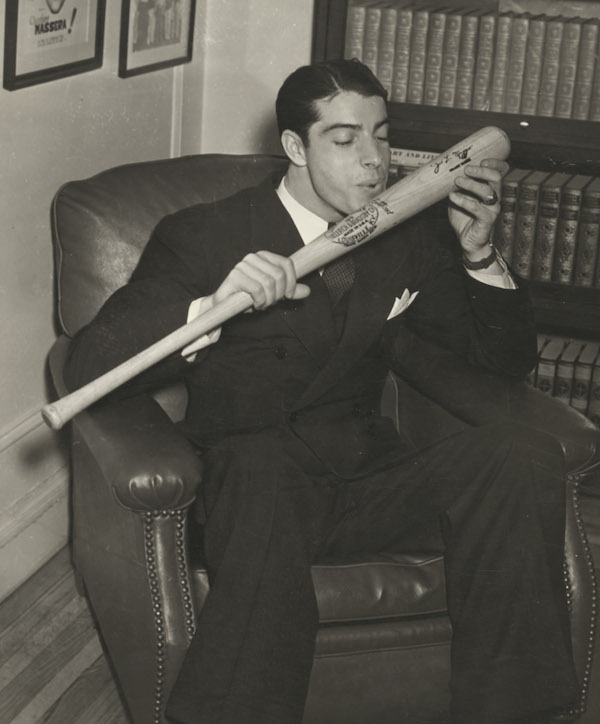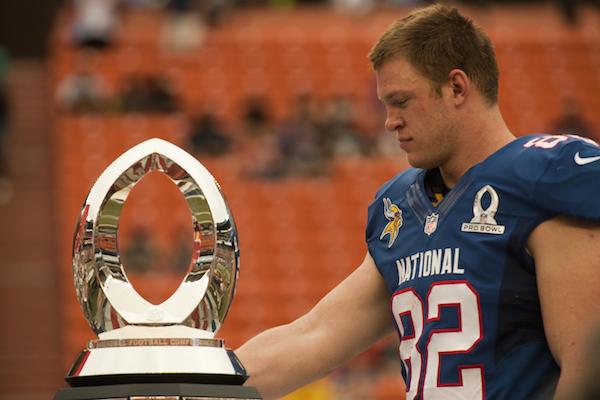Dear Sports Fan,
How valuable does signed stuff actually get? If, for *cough* example, I had a little league bat signed by Brooks Robinson in the 80’s, would that be valuable or just something that a million other kids had?
Thanks,
Justin
Dear Justin,
Brooks Robinson is an awesome dude. During a 23 year Major League Baseball career, all as a member of the Baltimore Orioles, he went to 18 All-Star games and won 16 consecutive Gold Glove awards as a third baseman. He played in the World Series four times and won it twice. He had a great nicknames: The Human Vacuum Cleaner and Mr. Hoover. Elected into the Baseball Hall of Fame in 1983, he in one of only 16 people to be voted in during their first eligible year. At 78, Robinson is still active in the baseball community, serving as head of the Major League Baseball Players Alumni Association. There is a 1,500 pound statue of him in downtown Baltimore. And yet, unless there is something particularly special about the signed bat you have, it’s probably not worth very much.
Sports autographs can mean big money, with the most valuable signatures going for millions of dollars, but they’re also big business. Memorabilia companies arrange for athletes to sign lots and lots of balls, uniforms, bats, gloves, baseball cards, and posters. As a result, the vast majority of signatures are not worth all that much. There are a multitude of factors that effect how much a signed item is worth but the underlying principle is that the more rare something is, the more valuable it is. Here are some of the factors that effect your bat:
- Is it authentic and authenticated? — Two different things, an authentic item is one that is both real (the bat is a bat, not a loaf of bread shaped into a bat) and really signed. An authenticated item is one that has been certified to be authentic by one of a number of companies that exist for this sole purpose.
- Is it game-used? — A bat that was used in a game by Robinson is worth more than one that wasn’t. Of the bats that weren’t, those that were produced for him to use in a game are worth more than those that were produced primarily so he could sign them before being sold to the public.
- Is there something special about your item? — Did Robinson use it to hit during a memorable game? Was it the last he ever used? Or the first? Did he set a record with it? Use it to injure an offensive pitcher? Is it a brand he didn’t normally use? Is he someone who rarely ever signed bats? Again, rarity converts to value when it comes to signed items.
The Professional Sports Authenticator’s website has a handy chart showing the estimated value of “normal” signed items from a large number of professional baseball players, including Brooks Robinson. It suggests that your bat, if authentic and authenticated and in good condition, would be worth $100. If only you had something from the next Robinson on the list… Jackie Robinson! That estimate seems about right, if a little high, based on a search of sold Ebay signed Brooks Robinson bats that ranged from around $25 to $150.
You could sell it and probably make a little money. Although, since brand new baseball bats on Amazon are going for between $20 and $60 themselves, you’re almost better off just keeping it and using it as a baseball bat!
Thanks for reading,
Ezra Fischer



